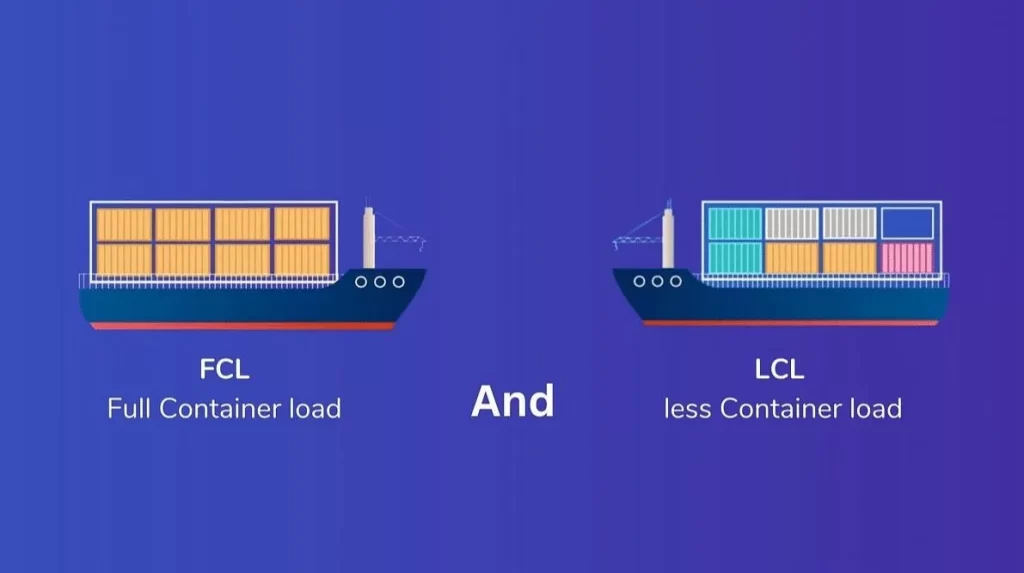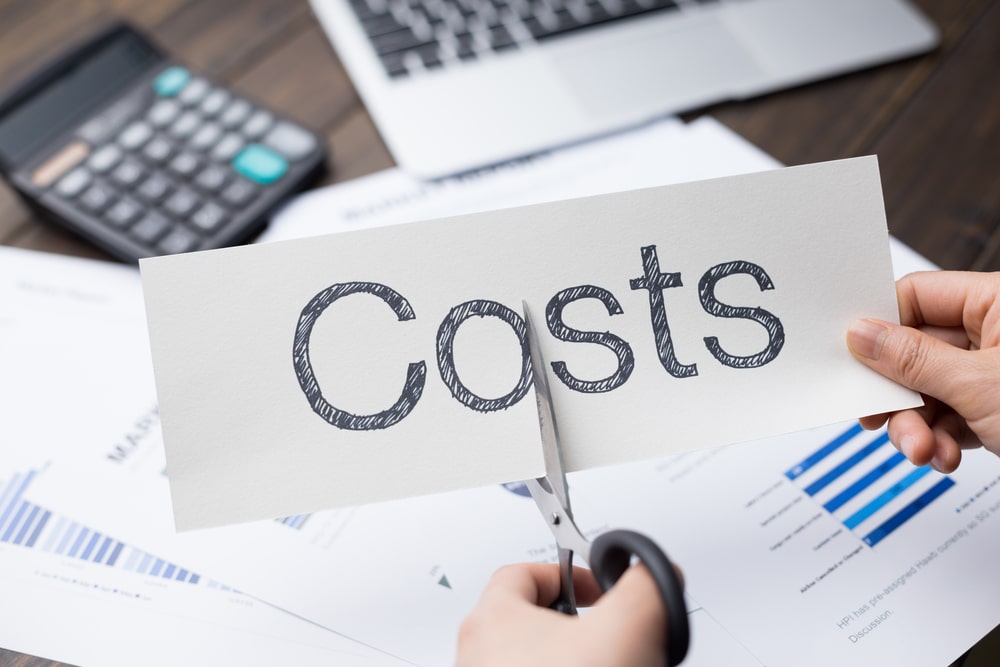- By TOP CHINA FREIGHT
- September 23, 2025
- Sea Freight, Shipping
Table of Contents
Sea freight rates from China to India are a top concern for importers and exporters alike. Moreover, fluctuating fuel prices, seasonal demand, and port choices all affect your final shipping bill. This guide explains what drives sea freight rates from China to India, shows typical pricing, and provides techniques to cut costs while keeping shipments reliable.

What factors determine sea freight rates from China to India?
1.Shipping lane:
Western India ports (Mundra, Nhava Sheva) differ from eastern ports (Chennai, Kolkata), affecting distance and transshipment costs.
2.Container type:
20ft FCL is usually cheaper per CBM than LCL but requires full volume.
3.Carrier surcharges:
BAF, PSS, and CAF add to base freight and fluctuate with market conditions.
4.Port congestion:
Busy periods, like Chinese New Year, can delay shipments and increase costs.
5.Customs complexity:
Inspections, certificates, and special permits may raise handling time and fees.
6.Recommendation:
Plan ahead and work with a reliable freight forwarder to manage costs and risks.
How much does sea freight typically cost?

Below is a practical pricing table reflecting typical ranges for FCL and LCL shipments. Note that these are estimates; actual sea freight rates from China to India fluctuate with market conditions.
| Container / Option | Typical Range (USD) | Capacity / Basis | Best for |
|---|---|---|---|
| 20ft FCL | $1,200 – $2,500 | ~28 CBM / ~22t | Small-medium bulk shipments |
| 40ft FCL | $2,000 – $4,200 | ~58 CBM / ~27t | Large shipments |
| 40ft HC | $2,200 – $4,500 | ~68 CBM | Bulky but light cargo |
| LCL (per CBM) | $60 – $140 per CBM | Per cubic meter | Small consignments |
| Refrigerated (per container) | $3,000 – $6,000 | Temp-controlled | Perishables |
What is the typical transit time by route?
Transit time affects inventory planning and in turn carrying cost. Below is a representative transit-time table for common China→India routes.
| Origin Port (China) | Indian Destination | Typical Transit Time |
|---|---|---|
| Shanghai | Nhava Sheva (Mumbai) | 8–14 days |
| Shenzhen/Guangzhou | Mundra / Kandla | 7–12 days |
| Ningbo | Chennai | 10–16 days |
| Qingdao | Kolkata / Haldia | 12–20 days |
| Xiamen | Tuticorin / Vizag | 9–15 days |
Transit time varies by carrier service (direct vs transshipment). Consequently, if you have tight delivery schedules, choose a direct sailing or premium service—even though the freight cost may be higher.
FCL vs LCL: which option reduces your sea freight rates?

| Factor | FCL | LCL |
|---|---|---|
| Cost per unit | Lower when volume > 15–18 CBM | Higher per CBM |
| Transit speed | Faster (direct) | Slower (consolidation) |
| Handling points | Fewer | More (higher risk) |
| Best for | Bulk shipments | Small, frequent orders |
Therefore, to optimize fcl rates china to india versus lcl shipping rates china to india, calculate total landed cost (including handling, port charges, and inland transport) instead of comparing ocean rate alone.
What additional charges affect final sea freight rates?
port loading/unloading fees.
fuel surcharge tied to oil price.
during high demand.
bills of lading, export declarations.
destination import tax based on HS code.
if containers stay too long at port/yard.
How can you reduce sea freight rates from China to India?

1.Consolidate shipments:
Combine small orders into full containers to lower per-unit cost.
2.Optimize packaging:
Reconfigure pallets to reduce wasted space and decrease LCL fees.
3.Book early:
Secure space in advance to lock favorable rates and avoid peak-season surcharges.
4.Compare ports:
Evaluate options like Mundra vs Nhava Sheva to reduce inland transport costs.
5.Negotiate with carriers:
Use multiple carriers or neutral freight forwarders for better rates.
6.Flexible routing & timing:
Accept slightly longer transit via transshipment to save costs.
7.Strategic planning:
Coordinate with suppliers and logistics partners to minimize total landed cost.
What documents and customs steps are required?

Accurate paperwork accelerates customs clearance and avoids penalties; therefore prepare these core documents:
| Document | Purpose |
|---|---|
| Bill of Lading (B/L) | Legal proof of carriage |
| Commercial Invoice | Declares sale value for customs |
| Packing List | Itemized contents, weight, dimensions |
| Certificate of Origin | Required for preferential tariffs in some cases |
| Phytosanitary / Fumigation cert. | For agricultural products |
| Import License / IEC | Indian importer’s registration, when applicable |
| Insurance Certificate | Evidence of cargo coverage |
Pros and cons: sea freight vs air vs rail for China→India
When speed, cost, and cargo type matter, compare modes intelligently.
| Mode | Cost | Transit Time | Pros | Cons |
|---|---|---|---|---|
| Sea Freight | Low per unit | 7–20+ days | Best for bulk, low cost | Slow, port-related delays |
| Air Freight | Very high | 1–4 days | Fast, ideal for urgent goods | Expensive, weight limits |
| Rail (to India via Central Asia route) | Moderate | 15–25 days (limited) | Faster than sea for some routes | Limited China→India direct rail options |
Case Study: Textile exporter using cost-saving tactics

A mid-sized textile importer in Ahmedabad reduced costs and delays by:
- Consolidating smaller shipments into monthly FCL;
- Standardizing pallet sizes to increase stacking density;
- Shifting some shipments from Nhava Sheva to Mundra to lower THC;
- Negotiating a multi-month contract with a neutral freight forwarder.
As a result, landed freight costs dropped ~18% in three months, and demurrage incidents decreased, showing that operational improvements drive sustainable savings in China–India ocean freight charges.
Conclusion
In summary, sea freight rates from China to India depend on container choice, carrier surcharges, routing, seasonality, and customs complexity. Therefore, to control costs and improve delivery schedules, importers should combine smart booking (early reservations), consolidation, packaging optimization, and trusted freight-forwarder partnerships. By tracking market trends and adjusting logistics strategies, businesses can reliably lower shipping costs while protecting supply chain resilience.
Need a Shipping Quote?
If you want expert guidance and peace of mind, our team is ready to assist.
TJ China Freight offers tailored solutions to help businesses of all sizes ship more reliably from China.

FAQ
Q1:What affects sea freight rates from China to India?
Container type, shipping lane, surcharges, and port congestion.
Q2:Is FCL cheaper than LCL?
Usually yes for large volumes; LCL suits small shipments.
Q3:How long is transit from China to India?
Typically 7–20 days, depending on port and route.
Q4:What documents are needed?
Bill of Lading, Commercial Invoice, Packing List, Certificate of Origin.
Q5:Can I reduce shipping costs?
Yes—consolidate shipments, optimize packaging, and book early.
